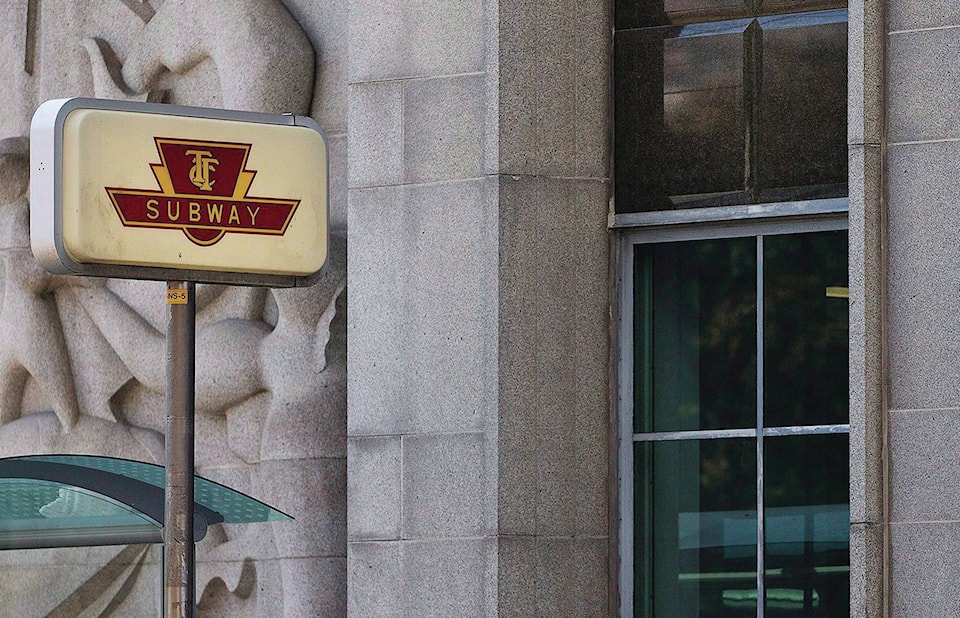Toronto’s subway operator has reiterated its long-standing desire to build platform barriers that could prevent deaths such as one this week where a 73-year-old man was killed after allegedly being pushed in front of a moving train.
But implementing platform edge doors, as they’re known, would cost well over a billion dollars for the city’s entire subway system and the funds are currently lacking, said Stuart Green, a spokesman for the Toronto Transit Commission.
“This would be a massive undertaking for the TTC, not just from a financial standpoint, but also from an engineering standpoint,” Green said. “We see benefits to having them, but it’s not a simple matter of let’s go ahead and do that.”
Toronto’s mayor discussed the barriers with reporters this week, but raised questions about the cost.
“I don’t mean to bring this back to money when you’re dealing with trying to save lives, but in the end, this is a huge undertaking for us to do if we did it retroactively to all the existing subways,” John Tory said. “The question would arise as to how you would pay for it.”
Homicides are rare on the city’s subway system. A man has been charged with first-degree murder after police say 73-year-old Yosuke Hayahara was pushed onto the tracks at a busy station on Monday. The city’s transit agency said the last similar incident took place in 1997.
But suicides and attempted suicides are more common. Six people have killed themselves on the subway system this year, according to the TTC’s data. Last year, 19 people killed themselves and in total there have been 730 suicides and 728 attempts on the subway lines since 1954.
The platform barrier system — which Toronto Public Health recommended in 2014 in a larger report on suicide prevention — would save lives, Green said.
The TTC has already commissioned a study on the installation of platform barriers, with the report expected in 2020. It will outline the cost, logistics, timelines and a slew of other issues to retrofit the system, Green said.
The project, however, would be ”extremely complex,” he said.
First, the system needs “automated train control” — a computer-controlled system that would allow subways to stop at the precise locations of the platform doors.
That system is currently in place on a recently opened extension of one of the city’s subway lines and is being implemented on the rest of the line, with completion expected by 2020, Green said. The TTC has designed the six new stations on the extended portion of the line in a way that would allow quick installation of platform doors, Green noted.
The automated system is also on the TTC’s wish list for the city’s other two subway lines, but there is no timeline for that implementation, Green said.
There is also the issue of ventilation. Most stations do not have heating or cooling systems and only have air coming in from street level. Platform barriers would affect air flow, Green said, which is something that will be examined in the study.
The logistics of constructing the barriers also have to be considered, Green said.
